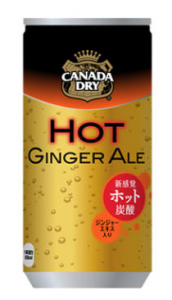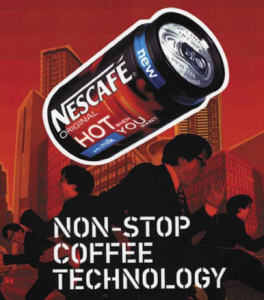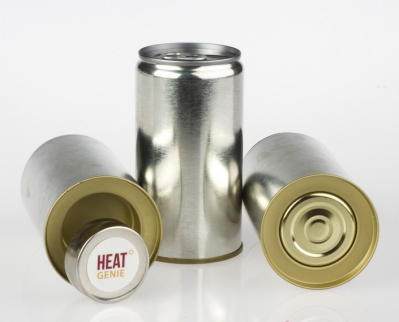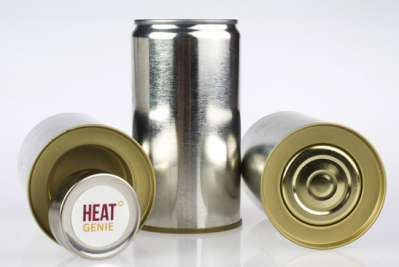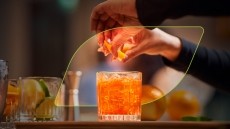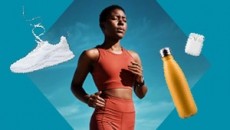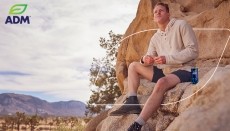JAPANESE SCIENTISTS TOOK FOUR YEARS TO DEVELOP BEVERAGE
Coca-Cola Japan makes history with world’s first HOT sparkling drink
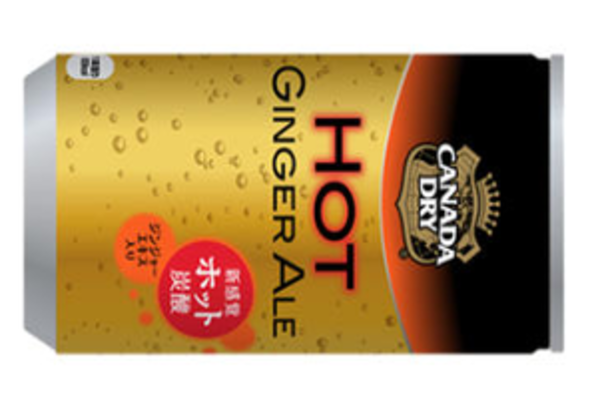
Canada Dry Hot Ginger Ale is slated for an October 21 launch in 180ml cans but, intriguingly, Coke has cut costs by omitting to integrate a heating module to warm the drink, which is instead warmed in store.
This affects distribution, since the drink designed for adults – which took Coca-Cola Japan four years to develop – will be sold via vending machines, and C-stores and supermarkets with warmers.
Reiko Totsuka, public affairs and communications at Coca-Cola Japan, told BeverageDaily.com that the Canada Dry drink was the “first hot sparkling product in the history of The Coca-Cola Company”.
Japanese demand innovative category
Ingredients comprise sugar, ginger extract, flavor (apple and cinnamon) an acidulant, vitamin C, caramel coloring and an emulsifier; Coca-Cola Japan said the drink met consumer needs for hot products during colder weather “as well as the fact that Japanese consumers love ginger and spices”.
“This, coupled with the unique capability in Japan to serve hot products via vending machines and warmers in convenience stores, revealed a new innovative category opportunity to address.”
Scientists at Coca-Cola Tokyo Research & Development Company began developing the drink (which will cost ¥120 or US $1.20) using consumer trials, Coca-Cola Japan explained.
“The key to delivering a hot sparkling product versus a cold one is finding the right balance and optimization of the gas volume and carbonation ‘sizzle’ combined with spices, in order to enhance the sensation and warm the body,” the company said.
Lower gas volumes used in the formulation compared to cold sparkling products meant the beverage could be served hot, Coca-Cola Japan explained.
Nestlé tries, and fails, with self-heating cans
The drink’s packaging itself – a 180ml can chosen for on-the-go consumption – emphasizes the image of warmth by adding a “strike of red” onto the word ‘HOT’ in the product name (Canada Dry HOT Ginger Ale) and in the background behind the text.
Self-heating cans offer an alternative to warmers for hot beverages, and were the solution chosen for Nestlé UK coffee launch Nescafe ‘Hot When You Want’ launch in 2001 (pictured left) which the firm spent £5m developing with inventor Thermotic Developments.
But the drink was pulled in mid-2002 after test market complaints that there was only 210ml of product per 330ml can, and that the drink didn’t heat up enough in cold weather.
This prompted then Nestlé marketing director Jon Walsh to admit that some customers referred to the product as ‘Warm When You Want’.
Crown pins hopes on Heat Genie
Self-heating can technology has historically been either too bulky and/or uneconomic, since it necessitates dual chambers; outer or inner ones house chemicals that react when mixed with water to give off heat.
However, Austin, Texas-based firm HeatGenie claims to have overcome these problems, and signed a deal with can producer Crown Holdings in January to accelerate commercialization of its patented ‘dry-thermic’ technology.
